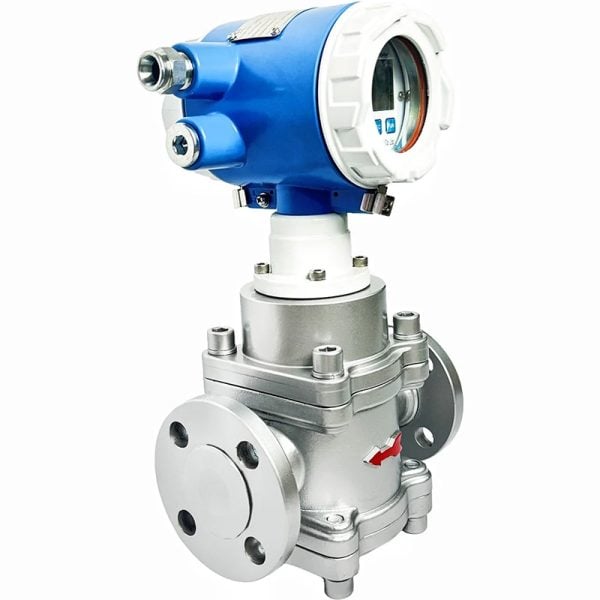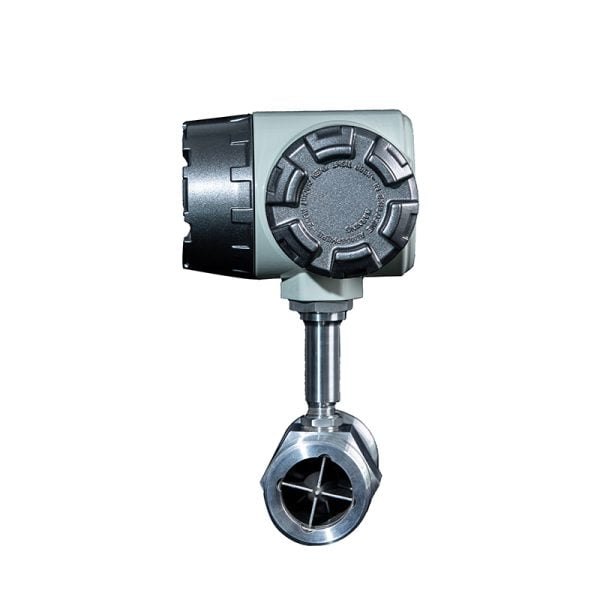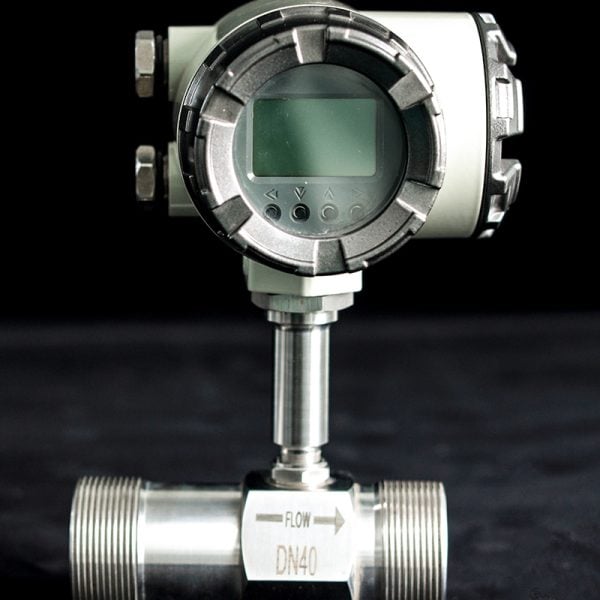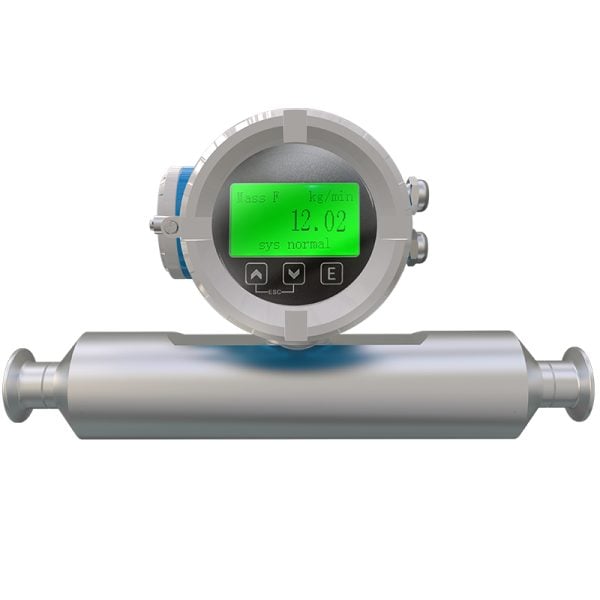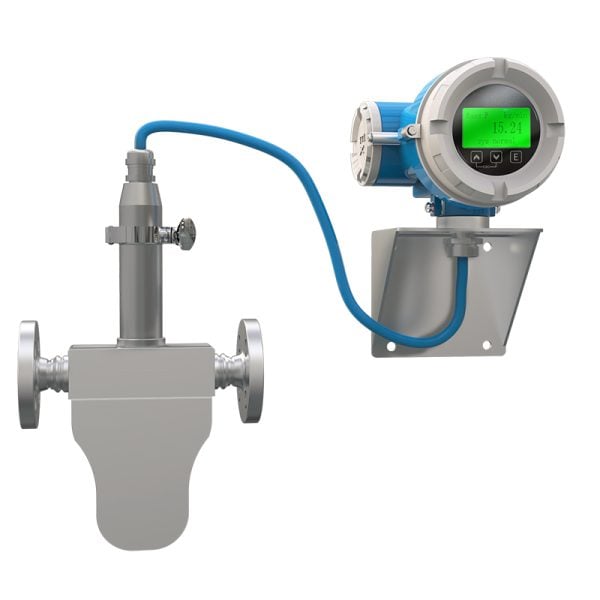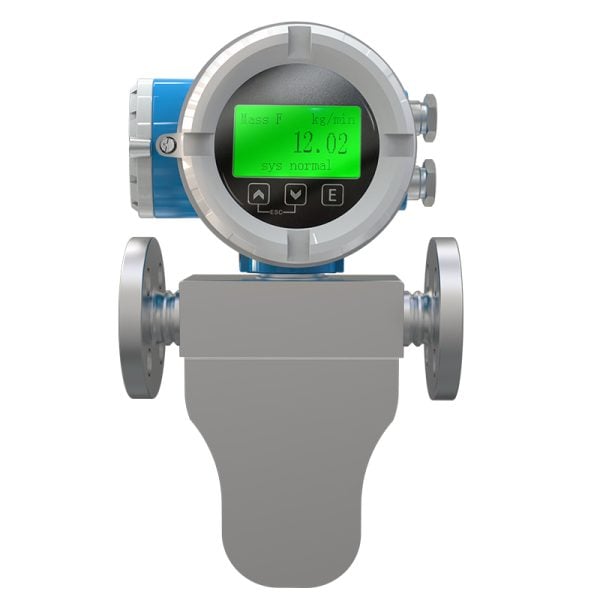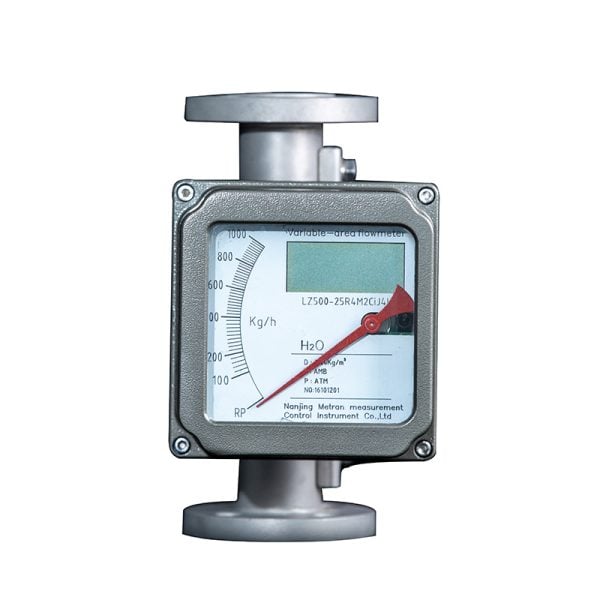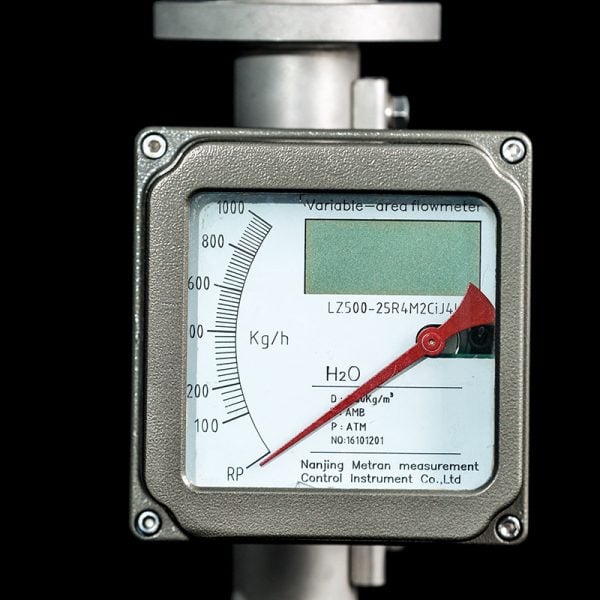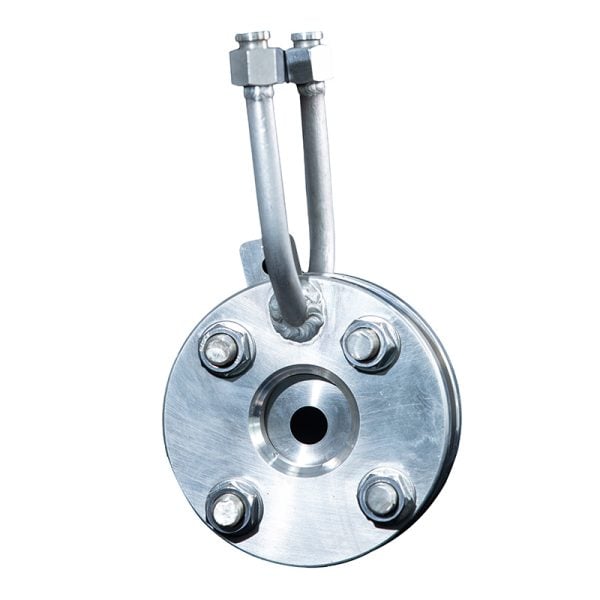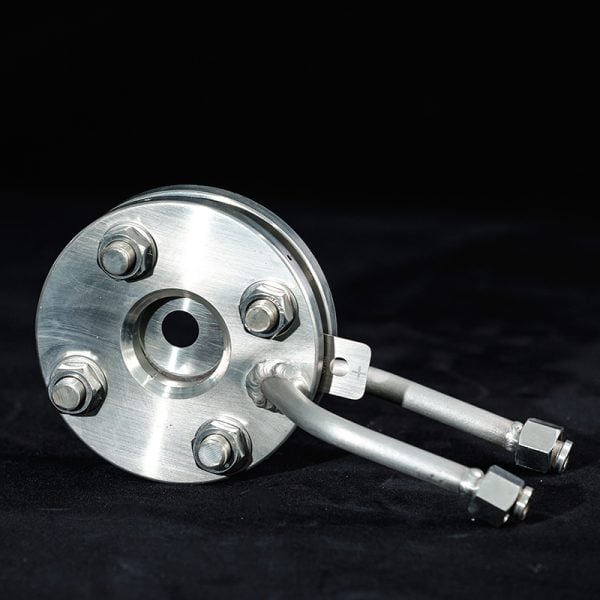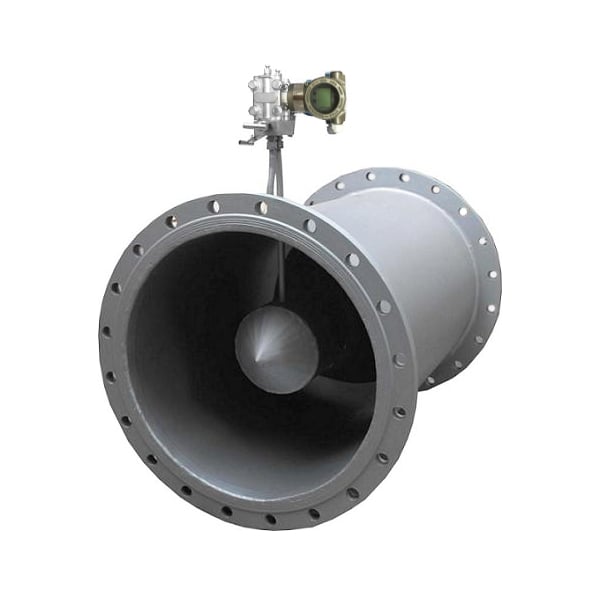Μετρητές ροής πετρελαίου
Oil flow meters are devices used to measure the flow rate of oil within a pipe or other conduit, often in industrial applications. It helps determine the volumetric flow or mass flow of oil, providing critical data to ensure the smooth operation of various processes, such as oil refining, fuel distribution, hydraulic systems, and lubrication systems.
Oil flow meters are designed to handle different oil types, ranging from low-viscosity oils like diesel or gasoline to high-viscosity oils like heavy fuel oil or lubricants. The accurate measurement of oil flow is crucial in industries such as oil and gas, energy, chemical processing, and automotive sectors, where flow data is essential for process control, inventory management, billing, and regulatory compliance.
Factors to Consider When Choosing an Oil Flow Meter
-
Viscosity of the Oil
Oil comes in various viscosities, from light crude oil to heavy fuel oil. Some flow meters are better suited for low-viscosity oils, while others are designed to handle high-viscosity fluids. Understanding the oil’s viscosity range is essential for choosing a flow meter that will provide accurate readings. -
Flow Rate Range
Flow rate can vary significantly depending on the type of oil being measured and the application. Some meters perform better at high flow rates, while others are optimized for lower flow rates. Accurately determining the expected flow rate is essential for ensuring the meter works effectively within its operating range. -
Pressure and Temperature
In industrial settings, oil is often subject to high pressures and temperatures. Flow meters need to be able to withstand these conditions without compromising accuracy or longevity. Ensure the meter you select is compatible with the temperature and pressure levels of your process. -
Accuracy and Calibration
Depending on the application, the required level of accuracy may vary. For example, fiscal metering for oil trading requires highly accurate meters, while general process monitoring may allow for more flexibility. Consider the accuracy ratings of each meter and any required calibration procedures to maintain long-term reliability. -
Maintenance and Durability
Some flow meters are more prone to wear and tear, especially when measuring oils with high viscosity or in challenging environments. It’s important to consider the maintenance requirements and long-term durability of the flow meter, particularly in industrial settings where downtime can be costly. -
Installation Requirements
The installation environment can also dictate the type of meter you choose. Some flow meters require in-line installation with straight pipe runs to ensure accurate measurement, while others, like ultrasonic meters, offer non-intrusive installation options. Make sure the meter fits into your system’s layout with minimal disruption. -
Budget
Flow meters can vary greatly in price, depending on their accuracy, technology, and durability. Higher-end meters typically offer more features and better long-term performance, but they come with a higher upfront cost. Consider the total cost of ownership, including maintenance, calibration, and lifespan.
Recommended Types of Oil Flow Meters
| Flow Meter Types | Best for | Pros. | Cons. |
| Positive Displacement Flow Meters | High-viscosity oils, accurate measurement at low flow rates | 1. Highly accurate, especially for high-viscosity oils and low flow rates. 2. Insensitive to changes in fluid properties, such as viscosity or temperature, as long as the flow rate is steady. 3. Can handle thick oils effectively without sacrificing accuracy. | 1. Mechanical components require regular maintenance due to wear and tear. 2. Not suitable for high flow rates in large pipelines. 3. Can be sensitive to particulates in the oil, which may cause clogging or damage the internal components. |
| Μετρητές ροής Coriolis | High-precision measurements, varying flow conditions | 1. Extremely accurate, making it ideal for custody transfer and critical applications. 2. Measures mass flow rate directly, so it is not affected by changes in temperature, pressure, or fluid density. 3. Can handle a wide range of oil viscosities and flow conditions. 4. No moving parts, resulting in lower maintenance and longer lifespan. | 1. Expensive compared to other flow meter types due to advanced technology. 2. Requires special installation conditions to ensure accuracy. 3. Not ideal for high-viscosity oils at very low flow rates. |
| Μετρητές ροής στροβίλου | Low-viscosity oils, high flow rates | 1. Good accuracy for low-viscosity oils and steady flow conditions. 2. Cost-effective compared to more advanced meters like Coriolis or ultrasonic meters. 3. Wide flow range: works well in high-flow applications. | 1. Mechanical components are subject to wear, particularly in high-viscosity or dirty oil environments. 2. Less accurate at very low flow rates or with fluctuating flow. 3. Not suitable for high-viscosity oils, as the rotor may slow down or stop in thick fluids. |
| Electromagnetic (Magnetic) Flow Meters | Conductive oils, large pipelines | 1. Highly accurate for conductive liquids, including some oils that have slight conductivity. 2. No moving parts, meaning less maintenance and longer service life. 3. Can handle large pipelines and high flow rates with ease. | Only works with conductive liquids, so it’s not suitable for non-conductive oils like most refined petroleum products. |
| Μετρητές ροής υπερήχων | Clean, non-conductive oils, non-intrusive installations | 1. Non-intrusive installation options, such as clamp-on designs, mean no need to cut pipes or disrupt flow. 2. No moving parts, resulting in low maintenance needs. 3. Suitable for a wide range of pipe sizes and flow rates. | 1. Less accurate with oils containing air bubbles or particulates, as this can disrupt the sound waves. 2. Can be expensive, especially for larger pipe installations. 3. Requires clean oil for optimal performance. |
Choosing the Right Oil Flow Meter for Your Application
-
For high-viscosity oils or low flow rates
Choose positive displacement flow meters for their accuracy and reliability in handling thick oils. -
For high-precision applications
Use Coriolis flow meters, especially when mass flow measurement and varying conditions are important. -
For low-viscosity oils at high flow rates
Turbine flow meters are a cost-effective and accurate solution. -
For conductive oils in large pipelines
Magnetic flow meters provide high accuracy with minimal maintenance. -
For non-intrusive measurements of clean oils
Ultrasonic flow meters are ideal, especially for large pipelines or systems where installation flexibility is needed.

